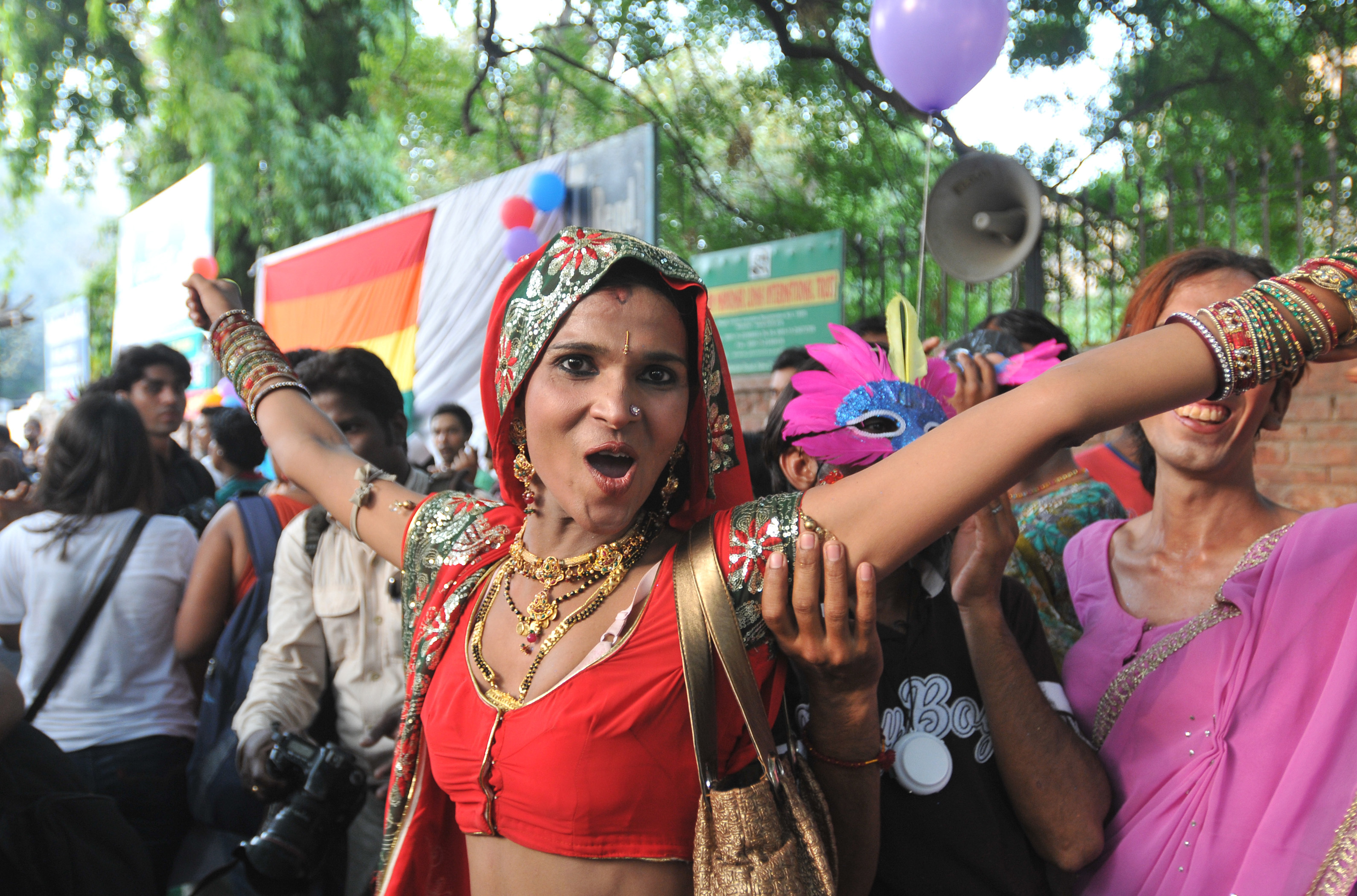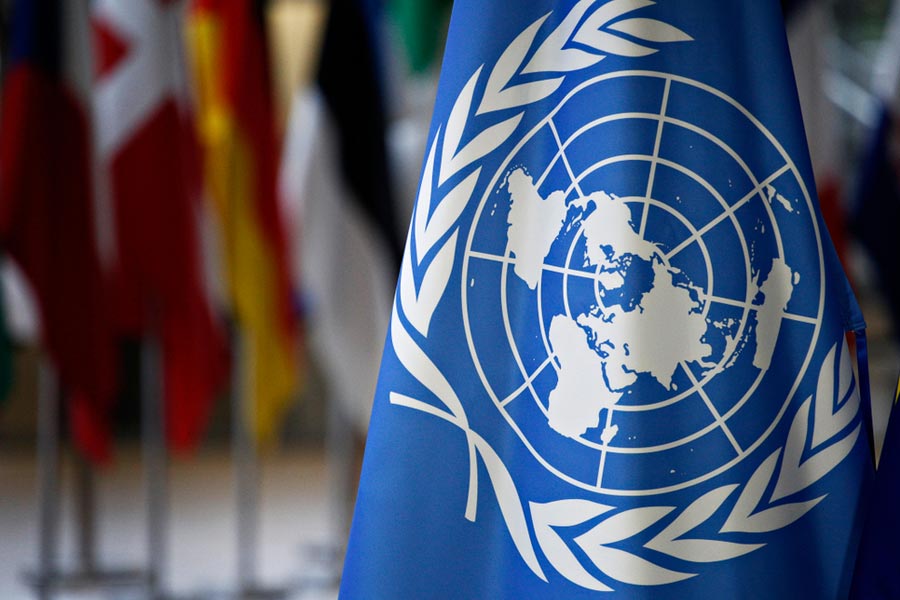
The Supreme Court judgment striking down Section 377 has become a historic moment of celebration. Like any festival, there is a sense of joy, of liberation, of a storytelling that uncovers decades of silence. Between the euphoria, one senses the sulk of orthodox Muslim clerics and the disapproval of the Rashtriya Swayamsevak Sangh, which cautiously warns that homosexuality may not be criminal but it is definitely unnatural. Yet the judgment has struck a poetic chord of empathy among people, making one realize that in many ways the binary, homosexual/heterosexual, has been the master trope of the 21st century. As a master binary, its sense of dominant dualism has affected almost every other opposition from the natural/unnatural, private/public to masculine/feminine.
The revolutionary nature of the judgment is yet to be understood. At a more reflective level, one has celebrated what is yet to be understood. One has celebrated the judgment as a result but, at a more reflexive level, one has not grasped its arguments, its logic, its power as a text. Newspaper headlines often tend to be indifferent to the nuances of textuality.
The judgment creates that wonderful blending of storytelling and legal discourse, where through personal moments or through quotations, the judges establish a more poetical link to the argument. Three judgments become potent in this context, the opening essay by Dipak Misra and the two pieces by R.F. Nariman and D.Y. Chandrachud. In a contextual sense, there is almost a euphoria to Misra's judgment. It is literally a swansong and becomes not so much a defence of homosexuality but an argument for constitutional morality.
Each judge begins with a piece of poetry. Misra quotes Goethe's claim that "I am what I am, so take me as I am." It is a claim affirming the politics of identity and the poetics of individuality. A quotation becomes a way of affirming perennial wisdom and sets the moral and literary tenor of the judgment.
For Misra, the power, the wisdom and the viability of the Constitution derive from its transformability, its readiness to respond to every change. He then cites a fascinating distinction between constitutional morality and social morality. Playing out the drama of checks and balances, a constitutional morality serves as a counterpoint to a social morality. Constitutional moralities are known for the sense of inclusion. One does not have to bow down to populism or majoritarianism. They do not have to stigmatize margins and minorities. As inclusive documents, they anchor and defend plurality, celebrate difference in a society.
Misra puts it brilliantly. He said the slogan, liberty, equality, fraternity, has to be enacted twice, once in a public domain and secondly in a private domain where privacy and individuality acquire a reinforced sanctity. It is as if the iconic triangle of the French Revolution gets retreaded twice. In the private domain, it becomes dignity, autonomy and privacy. The French Revolution gets invented twice to sustain the creativity of individual difference. For Misra, it is privacy and the spaces of privacy that make possible the diversities that allow for homosexuality. It is a privacy that creates a homecoming for sexual difference and allows for the creativity of choice. The roots of difference begin in privacy and flower as fraternity.
If Misra's judgment is literally a dance of the Constitution to show it is ready to choreograph homosexuality in a new and creative way, Nariman's shorter judgment is an ode to the poetics of memory.
For Nariman, the saga of Oscar Wilde is both epic and fable, a memory that law has to exorcize from its imagination. For Nariman, the history of homosexuality sculpts its way through several layers. He creates virtually a history of mentalities where he says the law has a subconscious in Judeo-Christian cosmology, in Victorian mindsets and colonial frameworks. Christianity has always been harsh on sodomy, and this harshness has stayed through Western law. Victorian law read sexuality as an act designed for procreation and saw homosexuality as carnal and unnatural. Colonialism entrenched this entire mindset into mechanical laws. Ironically, the Indian Penal Code, like the dreams of English education, was a creation of Thomas Babington Macaulay. While Macaulay could wax eloquent on English education, he was so repulsed by homosexuality that he condemned it without discussing it. It took over 158 years for India to remove Macaulay's ideas of homosexuality from our Constitution.
Nariman enacts the grid twice as homosexuality now has to run the gauntlet of being stigmatized as sin, crime and illness. Homosexuality was seen as a threat to family life, emphasized as a security risk at wartime and stigmatized as a mental illness. It took decades for medicine and psychiatry to show that heterosexuality and homosexuality showed little difference in terms of health.
Chandrachud's judgment displays reason and passion. His essay can be best understood in terms of the contrast between the panopticon and the closet. The panopticon emerged as a mode of surveillance invented by Jeremy Bentham to police the disorders of the industrial revolution. It was a system of total surveillance. The closet is a partial retreat from the public scrutiny of the panopticon. Homosexuality retreats into the shadows and the margins and becomes a creature of whispers and silences. It requires dignity to return to the public gaze.
It is fascinating to watch the conceptual rise of dignity as a term in gay struggles. Dignity is a word and a life world that anchor all rights. It creates a circle of homecoming for rights, diminishing their sense of vulnerability and consolidating their creativity. As yet undefinable in a juristic sense, the idea of dignity has become a marker for all transitional rights. Homosexuality, to quote Martha Nussbaum, is marking a new transition from the stigma of bestiality to the dignity of full humanity and citizenship.
Unlike Nariman who wants to exorcize a tragic past, Chandrachud's discourse is an attempt to clear the decks for the future, to move from apologetics to creative reform. One needs to reconstruct homosexuality from a rights perspective. One needs to create a holistic framework where one does not confine oneself to sexuality alone. To merely decriminalize homosexuality as a conduct is narrow; we must reseed it within the creativity of a constitutional right.
It is in this context that Chandrachud challenges the very idea of the natural and the normal, showing that homosexuality is based on bad biology, on the artificial privileging of the heterosexual over the homosexual. He cites the fact that homosexuality exists in at least 1,500 species. He argues that one has to destone the idea of normalcy from its privileged position, otherwise normalcy, rather than being neutral, enforces patriarchy. For Chandrachud, it is time to challenge sexual barriers which perpetuate the hegemony of the normal. He argues that human sexuality cannot be confined to binary for mutation, nor can it be reduced to the restricted portfolio of procreation. Law must help the homosexual make the transition from outcaste and outlaw to a fully creative citizenship. In fact, Indu Malhotra caps the argument by contending that the court must offer an apology to the homosexual community for the devastation that Section 377 has created. Suddenly one senses the court for all its definitive judgments as a vulnerable and human institution, working on a progressive idea of truth.
The judgment needs to be read and re-read because it creates a new poetics of willing, a situation where vulnerable groups find new avenues for constitutional creativity. It also reveals the court and the Constitution as providing a challenge to the majoritarian and populist world of today. The court has a creative conscience and can resist the tyranny of numbers, a counter absolutely critical for democracy. The five hundred pages of the judgment are an act of pedagogy, often poetically written where the court creates a new sense of justice by playing storyteller and philosopher. It is truly festival time for democracy.
The author is an academic associated with Compost Heap, a network pursuing alternative imaginations










